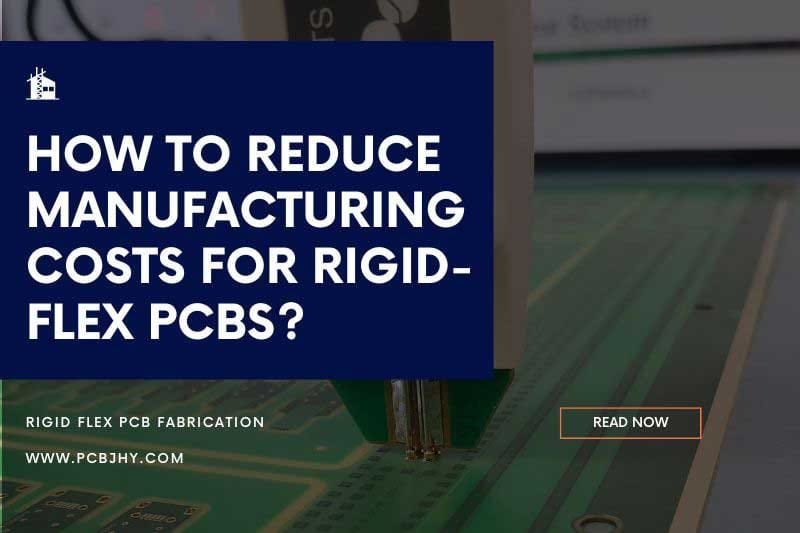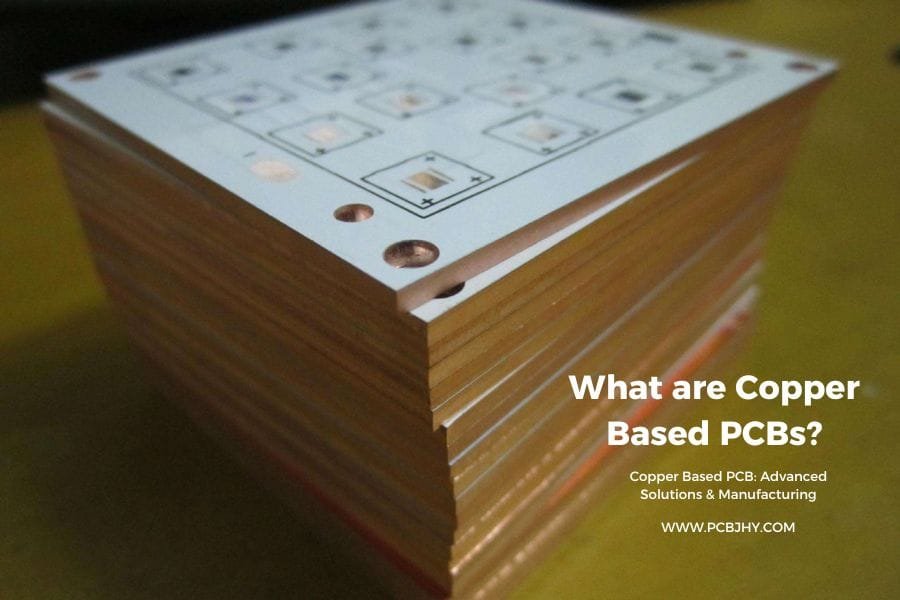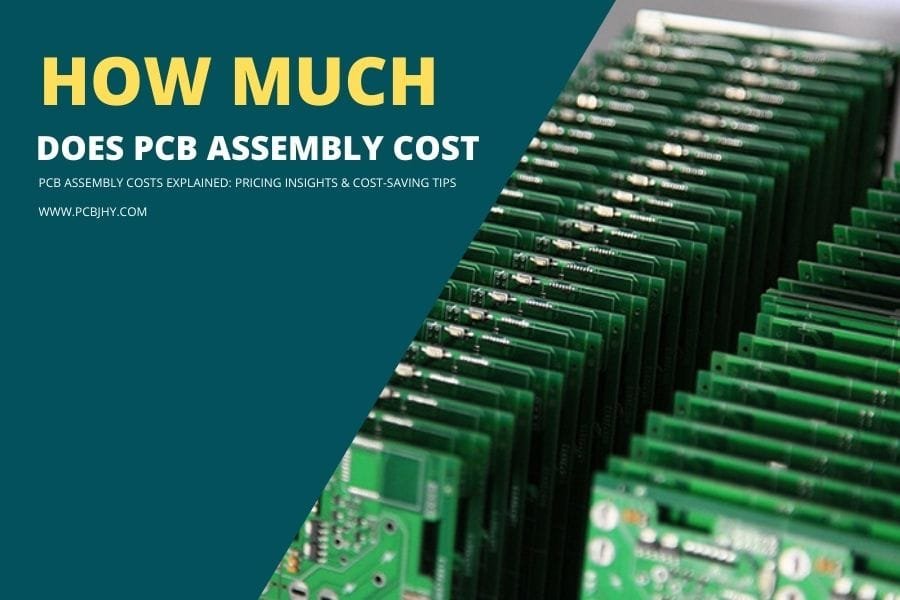What is a Rigid-Flex PCB?
A rigid-flex PCB is a type of circuit board that combines the features of rigid and flexible PCBs. It consists of both rigid and flexible substrates that are laminated together using a specialized adhesive material. This creates a circuit board that is capable of bending and folding while also maintaining its structural integrity.
The basic structure of a rigid-flex PCB typically consists of multiple rigid layers of fiberglass-reinforced epoxy resin laminated together with flexible polyimide layers. These layers are then interconnected with plated through holes or vias, which enable electrical connections between the different layers.
The rigid sections of the board are typically used to provide structural support and to house components such as connectors and ICs, while the flexible sections are used to provide interconnectivity between the rigid sections. The flexible sections can be designed to fold or bend in specific ways to accommodate specific applications or form factors.
In terms of fabrication, rigid-flex PCBs require specialized manufacturing processes and equipment, as well as additional design considerations to ensure proper flexing and folding. This can result in higher production costs compared to traditional rigid or flexible PCBs.
Overall, rigid-flex PCBs offer a unique combination of flexibility and structural stability, making them ideal for a wide range of applications such as aerospace, medical devices, and consumer electronics.
Comparing of rigid-flex PCBs, traditional rigid PCBs, and traditional flexible PCBs
Here’s a table comparing the advantages and disadvantages of rigid-flex PCBs, traditional rigid PCBs, and traditional flexible PCBs:
| Features | Rigid-Flex PCBs | Traditional Rigid PCBs | Traditional Flexible PCBs |
|---|---|---|---|
| Flexibility | High | Low | High |
| Structural Rigidity | High | High | Low |
| Component density | High | High | Low |
| Size and Weight | Small and Light | Large and Heavy | Small and Light |
| Complex Designs | Easy | Difficult | Easy |
| Manufacturing Cost | High | Low | Low |
As you can see, rigid-flex PCBs offer a combination of flexibility and structural rigidity that traditional rigid or flexible PCBs cannot match. They also enable high component density and small size and weight, which makes them ideal for applications with space constraints. However, rigid-flex PCBs can be more expensive to manufacture due to their specialized manufacturing processes and design requirements.
The key factors that affect the cost of manufacturing rigid-flex PCBs
PCB Material Cost and Type: The cost of the PCB material and its type can have a significant impact on the manufacturing cost of rigid-flex PCBs. High-quality and specialized materials such as polyimide and flexible epoxy resin are often more expensive compared to traditional rigid PCB materials like FR4. Additionally, the type of material required for specific applications can also impact the cost, such as high-temperature materials required for aerospace or medical applications.
Manufacturing Process Complexity: The manufacturing process for rigid-flex PCBs is more complex compared to traditional rigid or flexible PCBs. The specialized processes and equipment required to laminate the rigid and flexible layers, create plated through holes or vias, and perform other necessary steps add to the cost of production.
PCB Design Complexity: The complexity of the PCB design can also impact the cost of manufacturing. Rigid-flex PCBs often have complex designs due to the need to incorporate both rigid and flexible sections, as well as accommodate the required folding or bending. Additional design features such as blind and buried vias or controlled impedance can also increase the manufacturing cost.
PCB Thickness and Layer Count: The thickness and number of layers required for the rigid-flex PCB can also impact the cost of production. Thicker boards or those with more layers will require more material and processing time, resulting in higher costs.
Soldering Techniques and Materials: The soldering techniques and materials used for rigid-flex PCBs can also impact the cost. Specialized soldering techniques such as hot bar soldering and laser direct structuring are often required for rigid-flex PCBs, which can increase the cost. Additionally, the cost of solder materials can also vary depending on the specific requirements of the application.
Mold and Fixture Manufacturing Cost: The cost of manufacturing molds and fixtures required for rigid-flex PCBs can also impact the cost of production. These specialized tools are often required to ensure consistent and precise production, and their cost will vary depending on the complexity of the design and the number of units produced.
Equipment Cost and Maintenance: The specialized equipment required for rigid-flex PCB production can also impact the cost. This includes equipment for lamination, plating, and drilling, among others. The cost of maintenance and upkeep for this equipment is also a factor that should be considered.
Overall, these factors contribute to the overall cost of manufacturing rigid-flex PCBs. Each of these factors should be considered during the design and production process to ensure that the final product meets the required specifications and cost targets.
Calculation Method of Manufacturing Cost
To calculate the manufacturing cost of rigid-flex PCBs, the following specific methods can be used:
Analyze the manufacturing process and calculate the cost of each step: A detailed analysis of the manufacturing process should be conducted to understand the costs associated with each step. The costs should include labor, materials, and any overheads required for each step of the process. The total cost of production can be obtained by summing up the costs of each step.
Calculate PCB material cost as required: The cost of PCB materials can vary based on the type and quantity required for production. The cost of materials should be calculated based on the size, thickness, and number of layers required for the rigid-flex PCB.
Consider special manufacturing requirements and process variables: Specialized manufacturing requirements, such as controlled impedance or blind vias, can add to the manufacturing cost. Additionally, process variables, such as yield rates, scrap rates, and quality control measures, should be considered when calculating the cost of production.
Once all of the above factors have been considered, the total manufacturing cost of rigid-flex PCBs can be calculated using the following formula:
Total Manufacturing Cost = Cost of Materials + (Cost of Labor per unit x Number of units produced) + (Cost of Overheads per unit x Number of units produced) + (Cost of Equipment Maintenance) + (Cost of Quality Control Measures)
To obtain the cost of labor and overheads per unit, the total labor cost and overheads for the entire production run should be divided by the number of units produced. Similarly, the cost of equipment maintenance and quality control measures should be spread across the total number of units produced.
By using the above methods, a more accurate and detailed understanding of the manufacturing cost of rigid-flex PCBs can be obtained. This can help in making informed decisions during the design and production process to optimize costs and ensure that the final product meets the required specifications.
How to reduce the manufacturing cost of rigid-flex PCB?
To reduce the manufacturing cost of rigid-flex PCBs, the following methods can be implemented:
Optimize PCB design to reduce manufacturing cost: The PCB design can significantly impact the cost of production. By simplifying the design, reducing the number of layers, and minimizing the use of complex features, such as blind vias, controlled impedance, and microvias, the cost of production can be reduced. Additionally, the use of standard components and the elimination of unnecessary design elements can also help in reducing costs.
Choose suitable materials for your needs: The choice of materials used in the production of rigid-flex PCBs can have a significant impact on the overall cost. Selecting cost-effective materials that meet the required specifications can help in reducing the cost of production.
Streamline the production process and avoid unnecessary steps: By optimizing the production process and eliminating any unnecessary steps, such as rework or redundant quality control checks, the cost of production can be reduced. This can be achieved through the use of automated production systems, standardization of work processes, and employee training to ensure efficient and effective production.
Optimize equipment usage and maintenance: Regular maintenance of equipment can help avoid breakdowns and reduce downtime, thereby improving the efficiency of the production process. Additionally, the use of energy-efficient equipment can help in reducing the overall cost of production.
Overall, reducing the cost of production of rigid-flex PCBs requires a multifaceted approach that involves optimizing the design, materials, production processes, and equipment usage. By implementing the above methods, manufacturers can reduce costs and increase efficiency, ultimately resulting in cost savings for customers.
Market Prospect of Rigid Flex PCB
The market outlook for low-cost rigid-flex PCBs is promising due to several factors, including industry trends and increasing demand for flexible electronic devices.
Industry Trends and Forecasts: The global PCB market is expected to grow at a CAGR of 3.5% from 2021 to 2026, driven by increasing demand for electronic devices in various industries, including automotive, consumer electronics, and healthcare. Rigid-flex PCBs are expected to be one of the fastest-growing segments within the PCB market, driven by their unique advantages, such as reduced space requirements, increased reliability, and enhanced flexibility.
Competition and Opportunities: The rigid-flex PCB market is highly competitive, with several major players operating in the market. However, the increasing demand for low-cost rigid-flex PCBs has created new opportunities for smaller and mid-sized companies to enter the market. These companies can differentiate themselves by offering cost-effective solutions and customized designs for specific applications.
Industries and Applications: Several industries and applications require low-cost rigid-flex PCBs, including the automotive industry, where they are used in various components such as airbag sensors, infotainment systems, and engine management systems. Additionally, the healthcare industry requires flexible electronic devices for wearable sensors, medical imaging, and patient monitoring systems. The consumer electronics industry is another major market for rigid-flex PCBs, as they are used in smartphones, tablets, and wearable devices.
Overall, the increasing demand for flexible electronic devices and the advantages of rigid-flex PCBs are expected to drive the growth of the market for low-cost rigid-flex PCBs. As the market continues to grow, companies that can offer cost-effective solutions and customized designs for specific applications will be well-positioned to succeed.
Conclusion
In this article, we have provided a detailed introduction to the basic composition and structure of rigid-flex PCBs, analyzed their advantages and disadvantages compared to traditional rigid PCBs and flexible PCBs, discussed the key factors and specific calculation methods for manufacturing costs, explored the methods to reduce manufacturing costs, and evaluated the market prospects for low-cost rigid-flex PCBs. We have found that rigid-flex PCBs have many advantages, such as enhancing circuit reliability and reducing system size and weight. However, the high manufacturing cost has been a major obstacle to its wider application. Therefore, manufacturers need to take various measures to reduce the cost of production, such as optimizing PCB design, selecting suitable materials, rationalizing the production process and equipment use, and improving maintenance efficiency.
Recommendations:
Based on our analysis, we recommend that manufacturers should pay close attention to the following points:
Optimize PCB design: simplify the design, reduce the number of layers, and minimize the complexity of the structure to minimize production costs.
Select suitable materials: choose materials that meet the requirements of the circuit and application, while minimizing costs.
Rationalize the production process and equipment use: reduce unnecessary repetition and waste, and ensure efficient use of production equipment.
Improve maintenance efficiency: regular maintenance and calibration of equipment can help reduce downtime and improve productivity.
Future Prospects:
Despite the high cost of production, rigid-flex PCBs have great potential for growth due to their advantages in terms of reliability, flexibility, and space-saving. The increasing demand for compact and complex electronic products and the development of new applications in the automotive, aerospace, and medical fields are driving the growth of the rigid-flex PCB market. With the continuous advancement of technology and the optimization of production processes, we believe that the cost of rigid-flex PCB production will gradually decrease, and its market prospects will become more promising.
Related Reading:
- How to Reduce PCB Costs Without Sacrificing Quality
- Building High Quality PCBs – A Comprehensive Guide
- Material selection and performance of multilayer PCBs: how to balance cost and performance
- How to Reduce Manufacturing Costs for Rigid-Flex PCBs?
- High Tg PCB Cost and Pricing: Factors Affecting the Price and How to Save Money
- Affordable PCB Prototyping: Options Worldwide
Flexible PCB Pricing: Factors, Trends, and Cost-Saving Strategies

















